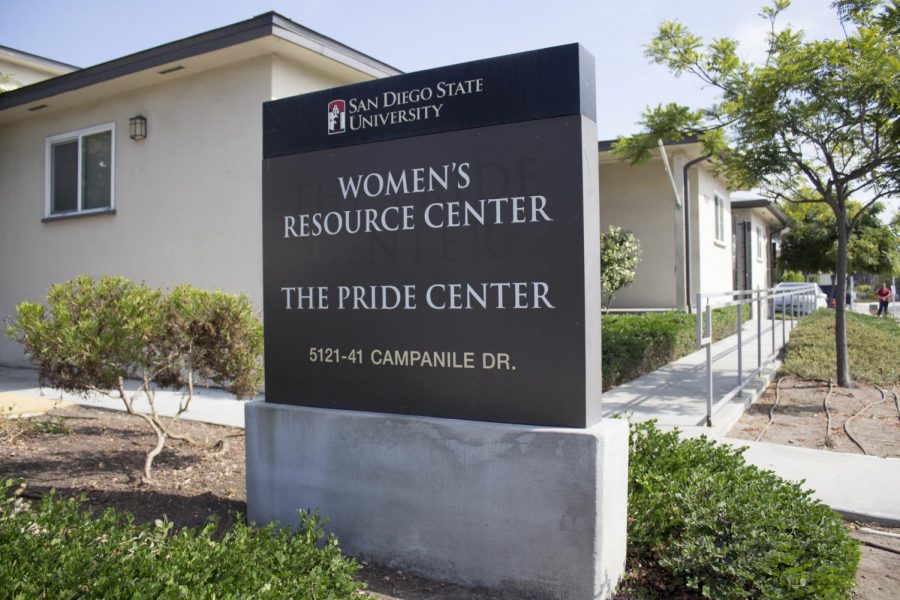The proposed increase in the Health Services Fee and Instructionally Related Activity Fee in fall 2020 have raised concerns and questions among San Diego State students due to the uncertainty about its future impact on student finances.
Associated Students President Christian Onwuka said he hopes to put those worries at ease and understands the reason for concern.
“Me, being a student, I don’t care what anybody says,” Onwuka said. “Fees going up scares me, and I wanted to make sure that we were taking that into consideration.”
Application of Fees
Studio art sophomore Ashley Meru said she is unsure if the proposed fees were part of new fees or if they were increasing existing ones. Onwuka said the proposed fees would be in addition to the already existing fees.
“They’re increasing fees that are already in place,” Onwuka said. “The Instructionally Related Activity Fee is a fee that students already pay and there is already a student health fee that would also be increasing from there.”
The Health and Wellness Fee increase is being proposed in tiers, with fee increases of $55, $61 or $73 during the fall and spring and increases of $20, $22 or $27 during summer, according to SDSU’s Finance and Budget website.
For the Instructionally Related Activity Fee, students are being asked to vote on a proposed increase of $40 for the fall and spring and $17 for the summer.
Reserves
Other students like hospitality senior Kylie White asked what will happen to the reserves of the money made from the increase in fees.
“There is a return-to-aid feature, so if this fee is going to hurt (students) detrimentally, it will still support the students (in need) as well,” Onwuka said.
According to university information pamphlets on the proposed fees, each of these fees will provide 3% of its revenue to financial aid programs.
“That means that 3% of the revenue generated from each fee will be set aside to assist students with financial hardship to pay for the proposed fee increases,” Interim Vice President of Financial Operations Crystal Little said. “This funding (will) be managed through the existing Economic Crisis Response Team (ECRT) program which provides assistance to students in need.”
Government Assistance and Grants
Computer engineering sophomore Salvador Peryra asked if there was a different route such as state and federal aid that would deviate the fee away from students.
Onwuka said that having the funding assured from a fee and not a grant may be the best way to ensure continuous funding for the centers.
“The university felt this was the best sustainable model because you can offer up a grant and hope to get it but then if we don’t get it, then we don’t have counselors to support our students, and we don’t have centers to support our students,” Onwuka said.
Segregation Concerns
There was also concern about segregation with the proposals for building new centers. One of the proposed fees would allow the funding and financial sustainability for a Latinx Resource Center, Native Student Resource Center and Asian American Pacific Islander Lounge.
Public health senior Jasmine Alexander asked how effective these new centers would be and how the university plans to avoid perpetuating segregation on campus.
“For me, being a person of color on campus (and) having a place where I could find people I identify with It made me feel a little bit safer, safe as in I can be myself,” Onwuka said. “I feel like our Black and African American students have that, and every other student group that’s on-campus should have that.”
Onwuka believes that this allows students of different backgrounds to collaborate in ways they may not have before and said segregation is not the intention of the new proposed centers.
Students with questions can reference the FAQ page or attend one of the open forums lasting until November 15.







